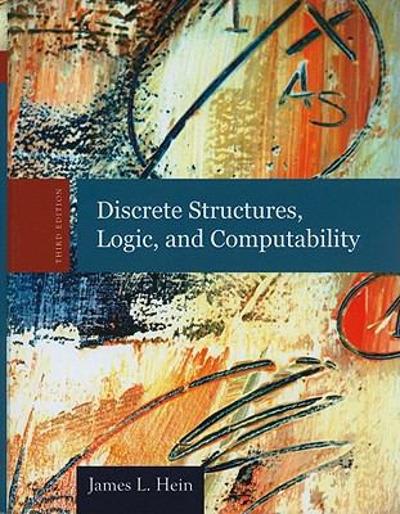


One-way ANOVA and two-way ANOVA are different because The single factor in one-way ANOVA has only one level Each factor in the two-way ANOVA has exactly two levels The one-way ANOVA concerns a single factor with multiple levels and the two ANOVA concerns two factors with also multiple levels The one-way ANOVA concerns a single factor with a single level and the two ANOVA concerns two factors with a single level each.Consider a Completely Randomised Design experiment with 4 observations in each treatment group. We summarise the data obtained from this experiment in the table below Treatment 1 Treatment 2 Treatment 3 Means 12.4 13.6 8.9 What is the Treatment SS if you were to conduct a one-way ANOVA to test for difference in means? O A. 101.5 OB. 6.34 OC. 47.71 OD. 0.19 E. 2.9816. A company uses a new supplement in their chicken feed. They perform a randomised experiment on two groups of chicken. One group is given the standard chicken feed for two months, and the other is given the feed with supplement for two months. The company is interested if the average weight of chickens for those that had the feed with supplement is larger than those chickens that had the standard feed after two months. The resulting data from this experiment is an example of: a) Paired samples b) Two independent samples c) One independent sample d) Categorical Data 17. Which of the following statements is TRUE? a) A two-sample t-test is used for testing the equality of means of three or more populations b) A two-sample t-test is used for assessing the difference between the means of two independent populations c) A two-sample t-test is used for assessing the difference between the proportions of two independent populations d) A pooled standard deviation is used in a two-sample t-test when we assume unequal population variances 18. Data collected in a survey of voters in Australia and New Zealand showed that 57/100 Australian voters were satisfied with their Prime Minister, and 72/120 New Zealand voters were satisfied with their Prime Minister. In a test of the difference between the two population proportions, what would the value of the pooled proportion be (to 2 decimal places)? a) 0.57 b) 0.62 c) 0.05 d) 0.59 Questions 19 and 20 use the following information: A sample of students were asked how long they spent studying for an exam ("study"; in hours), and what mark they received for the exam ("mark"; out of 100). A linear regression was fitted to this data, and the fitted model was: mark = 20 + 4.2 x study 19. Which of the following statements is FALSE? a) The model suggests that, on average, a student that does not study could expect to get a mark of 20 b) There is a positive relationship between the variables "mark" and "study" c) For each additional hour of study, a student could expect to increase their mark by 4.2, on average d) The correlation coefficient between mark and study is r = 4.22. What is the most plausible ranking of methods in causal inference by the methods' strength of internal validity, from strongest to weakest? (0.5 marks) O Regression discontinuity, randomized trial, difference-in-differences. O Difference-in-differences, regression discontinuity, randomized trial. O Randomized trial, difference-in-differences, regression discontinuity. O Regression discontinuity, difference-in-differences, randomized trial. O Difference-in-differences, randomized trial, regression discontinuity. O Randomized trial, regression discontinuity, difference-in-differences













